Have you ever stared into your cat’s eyes and wondered if you could really talk to them—without speaking? Imagine having secret conversations with your feline friend, sharing feelings, and deepening your connection, all without uttering a single word. It’s a magical thought, isn’t it? For cat lovers everywhere, the dream of truly understanding our mysterious companions is both enchanting and endlessly fascinating. The truth is, cats are masters at non-verbal communication, and they’re always sending us signals—if we only know how to listen. Ready to unlock the silent language between you and your purring companion? Let’s dive into the wonderful world of wordless conversation with your cat.
Understanding Cat Body Language
Cats are like little mystery novels walking around your home. Their bodies speak volumes, often more than their meows ever could. When your cat arches its back, puffs up its fur, or swishes its tail, it’s sending strong messages about how it’s feeling. A relaxed, stretched-out cat means comfort and trust, while a low, crouched stance can signal fear or unease. Paying attention to the tiniest shifts in posture—like an ear twitch or a tail flick—can reveal your cat’s mood in an instant. For example, if your cat’s tail is high and quivering, it’s likely feeling happy to see you. Understanding these subtle signals is the first step in mastering silent communication with your furry friend.
The Power of Eye Contact
In the feline world, eyes are powerful tools for conversation. A slow blink from your cat is a universal sign of trust and affection, like a gentle “I love you.” Try returning the gesture: lock eyes with your cat, then slowly close and open your eyes. Many cats will respond in kind, creating a silent bond that words can’t express. However, staring directly into a cat’s eyes for too long can feel threatening to them, so keep your gaze soft and gentle. Notice how your cat’s pupils change shape—they dilate when excited or scared, and narrow when relaxed or focused. By learning to read your cat’s eyes, you’ll unlock a new level of understanding.
Reading the Tail
A cat’s tail is a storytelling wand, always waving a message. When your cat’s tail stands straight up, it’s a sign of greeting and confidence. A puffed-up tail signals fear or aggression, while a low, tucked tail means your cat feels threatened. If the tip of the tail twitches, your cat may be irritated or intensely interested in something. Some cats wrap their tails around humans or other pets as a sign of affection, almost like holding hands. Observing your cat’s tail positions throughout the day can clue you in to their ever-changing emotions. The tail is truly a language all its own.
Ear Movements and What They Mean
Those adorable, twitchy ears do much more than make your cat look cute—they’re also expressive communication tools. When your cat’s ears are pointed forward, they’re feeling curious or playful. Ears flattened against the head can mean fear, irritation, or even anger. If the ears swivel back and forth, your cat is probably trying to tune in to sounds around them, showing alertness or anxiety. By noticing the subtle shifts in ear position, you can gain insight into what your cat is experiencing at any given moment. A gentle touch behind the ears can also be a way to connect silently, as long as your cat welcomes it.
Purring: The Multifaceted Message
Purring is one of the most comforting sounds in the world, but it doesn’t always mean your cat is happy. While purring often signals contentment and pleasure, cats may also purr when they’re nervous, frightened, or even in pain. Think of it as a way for your cat to self-soothe, much like humming to oneself. Pay attention to the context in which your cat purrs—if they’re curled up in your lap, it’s probably a sign of love. If they’re at the vet’s office, the purr might be a way to calm themselves down. Learning to read the meaning behind your cat’s purr will help you respond with empathy.
Using Slow Movements
Cats are sensitive to sudden or jerky movements, which can startle or worry them. To communicate comfort and safety, move slowly and deliberately around your cat. Gentle, unhurried actions tell your feline friend that they can relax around you. When approaching your cat, try lowering your body to their level and extending a hand for them to sniff. This shows respect for their space and gives them a choice to engage. Over time, your cat will learn to associate your calm movements with trust and security, deepening your bond without a single word.
Mirroring Your Cat’s Actions
Imitation is a powerful form of flattery—even for cats! If you notice your cat stretching, try stretching at the same time nearby. When your cat sits or lies down, do the same. This mirroring can build trust and create a sense of camaraderie, almost like you’re sharing a secret language. Cats are highly observant and will often respond positively to humans who “speak their language” through similar movements. Of course, don’t overdo it—let your cat lead, and only mirror behaviors that are natural and comfortable for both of you.
Creating a Safe Environment
A cat that feels safe is far more likely to “talk” to you non-verbally. Make sure your home has quiet hiding spots, high perches, and cozy places for your cat to retreat. Respect your cat’s boundaries—never force them into cuddles or petting if they’re not in the mood. By honoring their need for space, you’re showing your cat that you understand and respect their feelings. In turn, your cat will become more relaxed and open, making non-verbal communication easier and more rewarding.
Understanding Grooming Behaviors
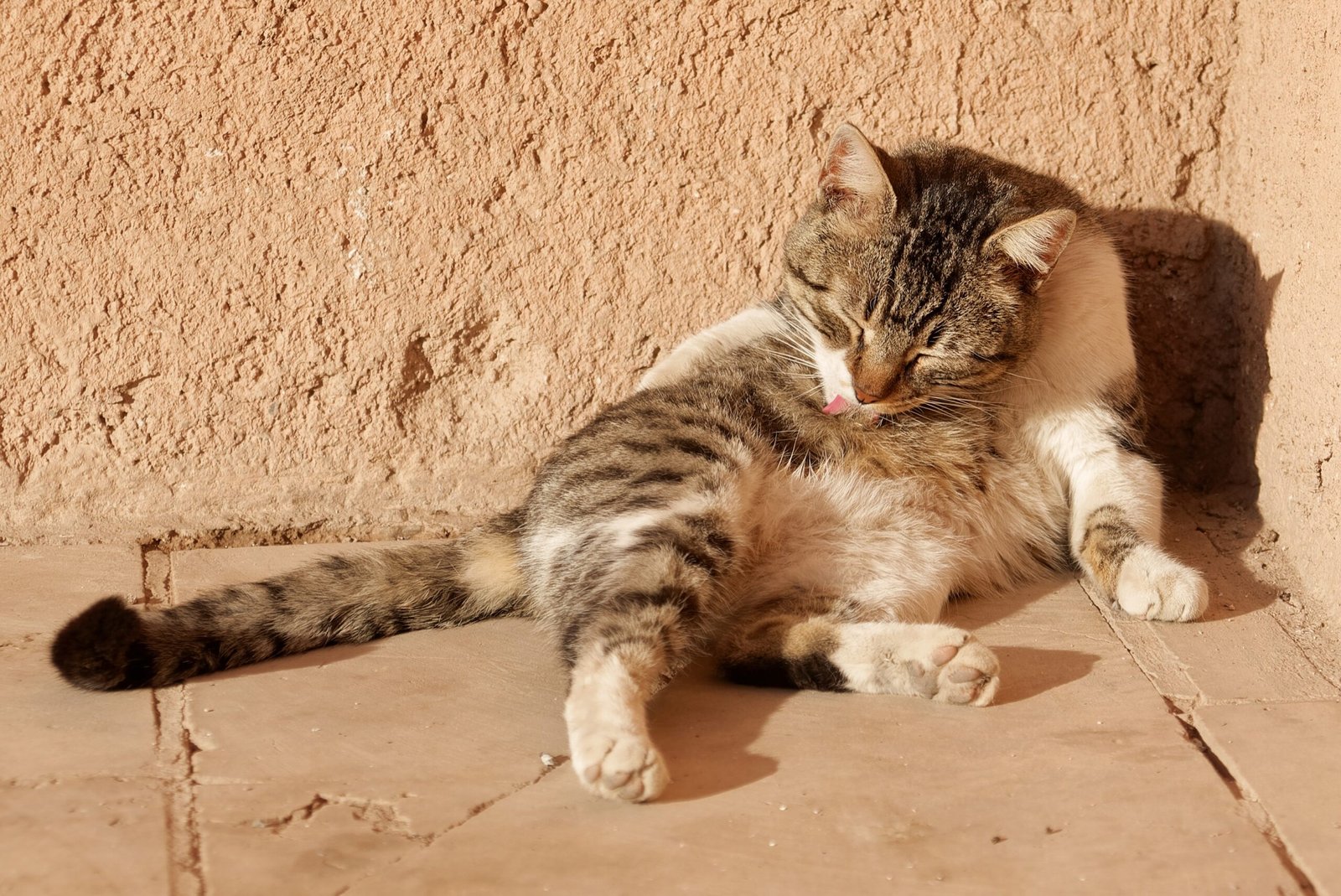
When your cat grooms itself in your presence, it’s a sign that they trust you and feel safe. Sometimes, a cat may even groom you—licking your hand or hair—as a gesture of affection. Mutual grooming, or “allogrooming,” is a way cats bond with other cats, and when extended to humans, it’s a sure sign of love. Responding with gentle petting or soft brushing can reinforce this silent connection. Remember, grooming is not just about cleanliness—it’s about trust and forming close relationships.
Interpreting Playful Gestures
Cats use play as a way to communicate, burn energy, and practice hunting skills. When your cat brings you a toy or playfully bats at your hand, they’re inviting you into their world. Sometimes, a light nip or bunny kick is all part of the playful exchange—just be sure to set boundaries if it becomes too rough. Engaging in interactive play without words, like using a feather wand or laser pointer, tells your cat you understand their need for stimulation and fun. Shared playtime strengthens your silent connection and brings out your cat’s joyful side.
Recognizing Signs of Affection
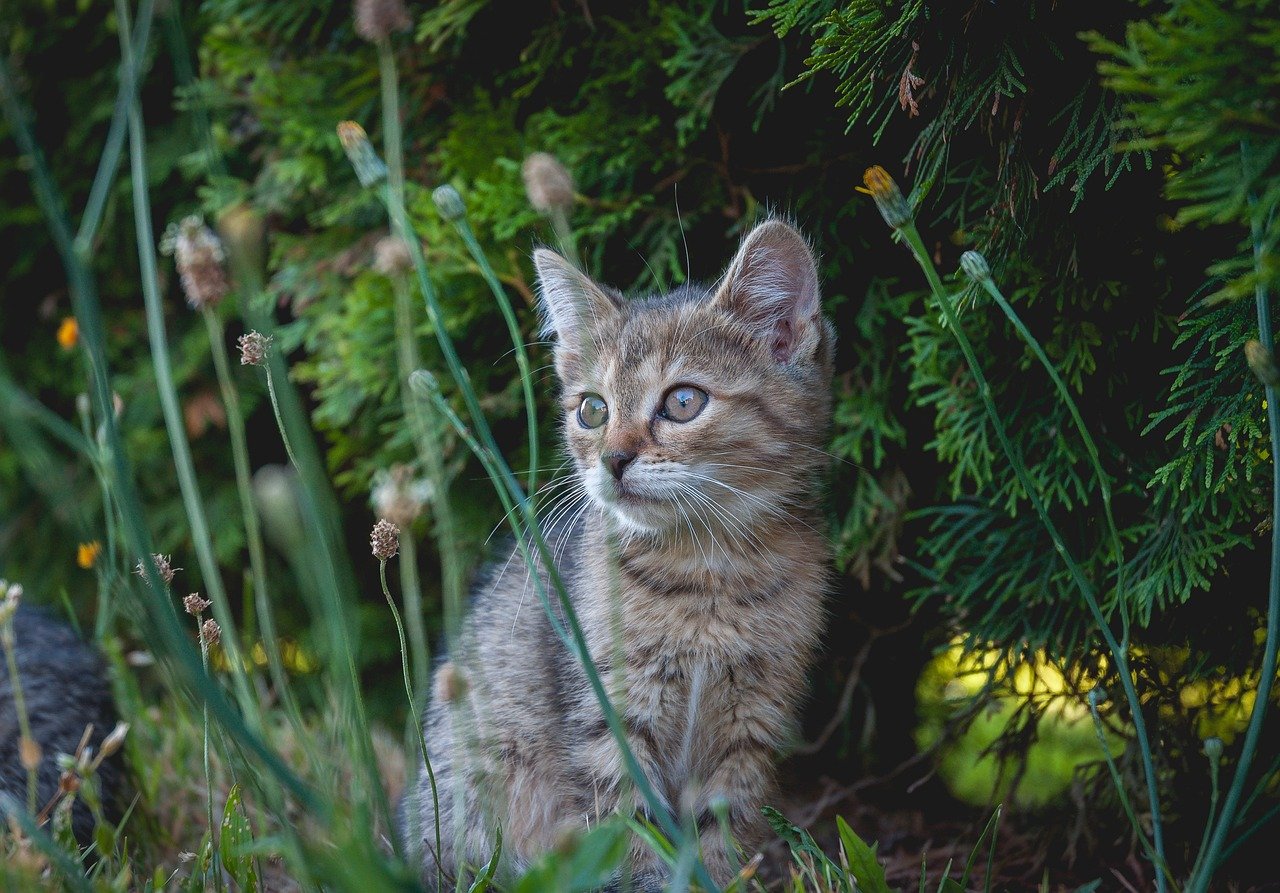
Cats have a unique way of showing love that’s often subtle and silent. Head bunting, where your cat bumps their forehead against you, is one of the highest compliments a cat can give. Kneading with their paws, often called “making biscuits,” is another sign of contentment and trust. Some cats will curl up beside you or follow you from room to room, quietly expressing their affection. Responding with gentle strokes or simply sitting quietly together can speak volumes in your relationship.
Understanding “Talking Tails” in Multi-Cat Homes
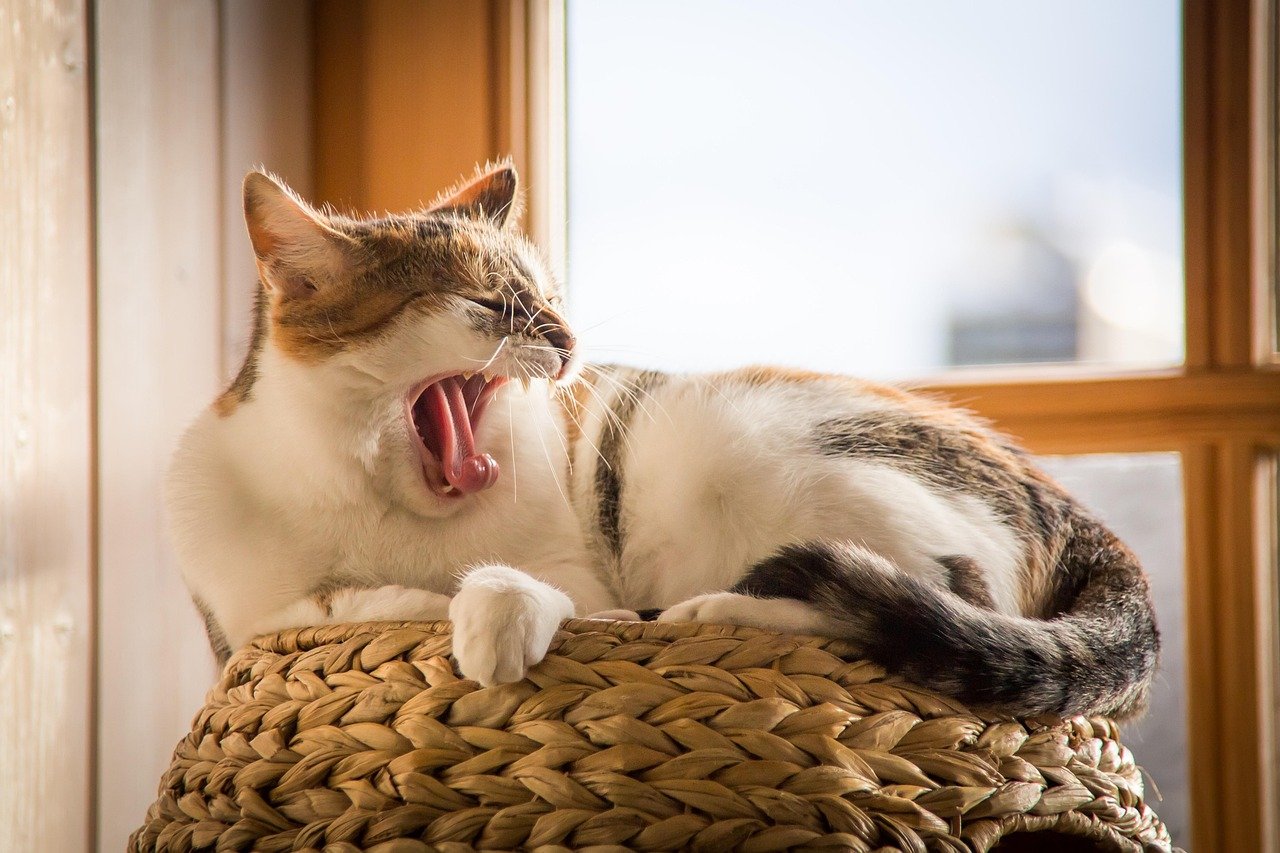
If you have more than one cat, you’ll notice they communicate with each other through their tails as much as with you. Watch for tail intertwining, which shows friendship, or parallel tails when cats walk side by side. These interactions can help you better understand your own cat’s moods and preferences. When introducing a new cat, observe their tail language to gauge whether the relationship is amicable or tense. By learning from your cats’ interactions, you’ll become an even better silent communicator.
Responding to Whisker Movements
A cat’s whiskers are sensitive tools that help them navigate the world, but they also reveal a lot about their mood. Whiskers that are relaxed and fanned out generally indicate a calm, content cat. Forward-pointing whiskers often mean curiosity or excitement, while whiskers pulled back against the face signal fear or agitation. Quietly observing your cat’s whiskers during different activities can give you valuable clues about how they’re feeling. Respond to their mood with appropriate actions—gentle attention when relaxed, space when anxious.
Using Touch to Communicate
Physical touch, when welcomed, is a powerful way to communicate love and trust. Cats enjoy gentle strokes along their back, chin scratches, or a soft pat on the head. Each cat has different preferences, so pay attention to their reactions and respect their boundaries. Over time, you’ll learn exactly where your cat likes to be touched, and when they want to be left alone. Touch can reassure your cat and deepen your bond without a single spoken word.
Recognizing the “Invitation to Play” Stance
When a cat crouches with their rear end wiggling and eyes wide, they’re inviting you to join in some fun. This playful stance is often followed by a pounce or a dash across the room. Responding to your cat’s invitation—by tossing a toy or wiggling your fingers—shows you understand their need for interaction. Playtime without words is a joyful way to connect and share laughter, even if your “language” is just a series of playful gestures.
Communicating With Scent
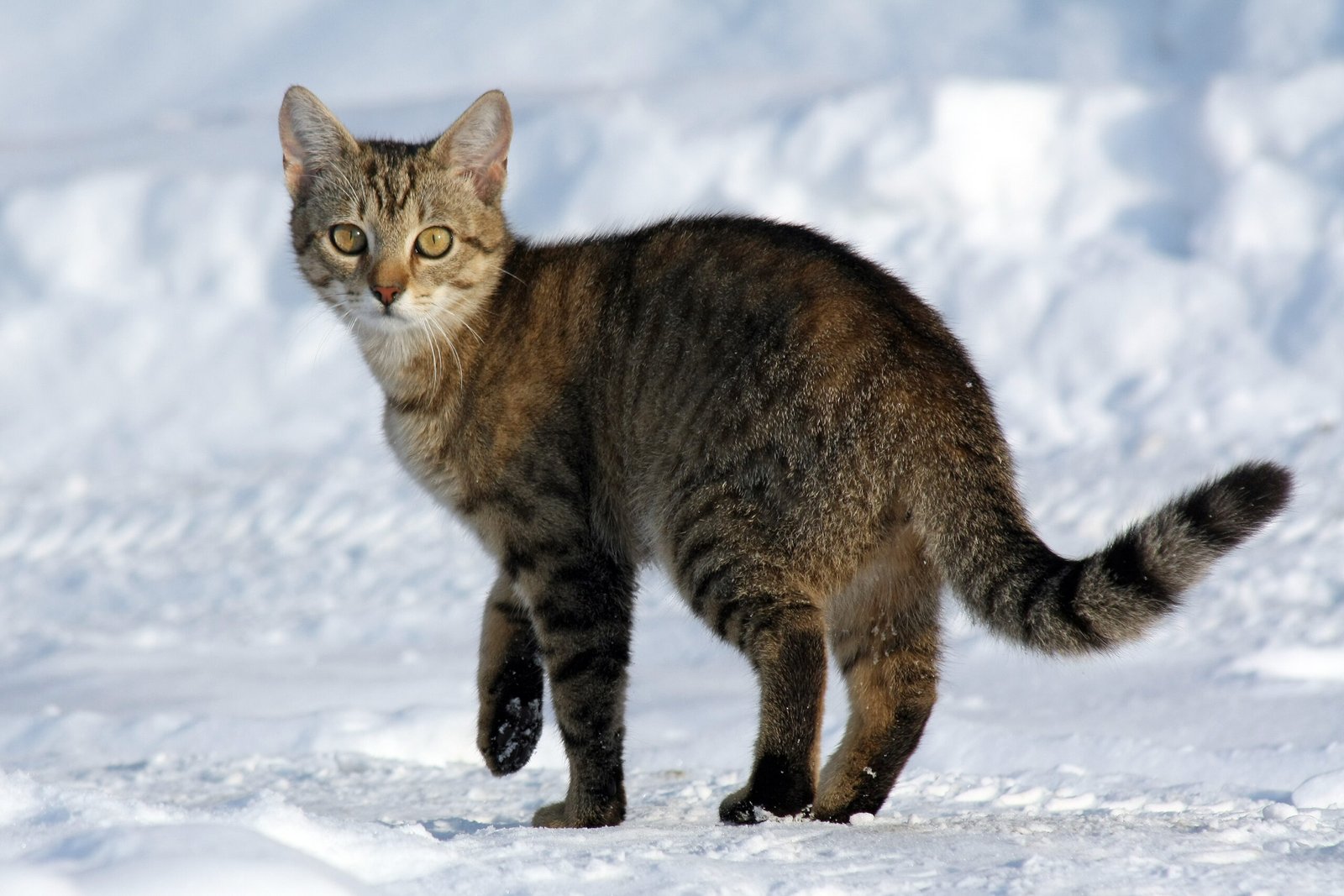
Cats have a powerful sense of smell and use scent to communicate in ways we can hardly imagine. They rub their faces against furniture, people, and other pets to leave their scent and mark territory. When your cat rubs against you, they’re claiming you as part of their world. You can reinforce this connection by allowing your cat to sniff your hand before petting or by gently rubbing your fingers along their cheek. Scent is a silent, yet deeply meaningful way cats share their love.
Understanding Your Cat’s Routine
Cats thrive on routine and predictability. They quickly learn your daily patterns and communicate their expectations wordlessly—waiting by the food bowl at dinner time or curling up on your lap at a certain hour. By respecting your cat’s routines, you’re speaking a language of reliability and comfort. If you change your routine, watch how your cat reacts; they may use non-verbal cues like pacing or vocalizing to express confusion or anxiety. Adapting to your cat’s schedule can foster a deeper, wordless understanding between you.
Respecting Personal Space
Just like people, cats sometimes need alone time. When your cat retreats to a quiet corner or hides under the bed, they’re asking for space. Respecting these boundaries without trying to coax them out is an important part of silent communication. Giving your cat room to breathe shows that you trust them to come to you when they’re ready. In turn, they’ll feel more comfortable seeking you out for affection when the mood strikes.
Recognizing Silent Requests for Help
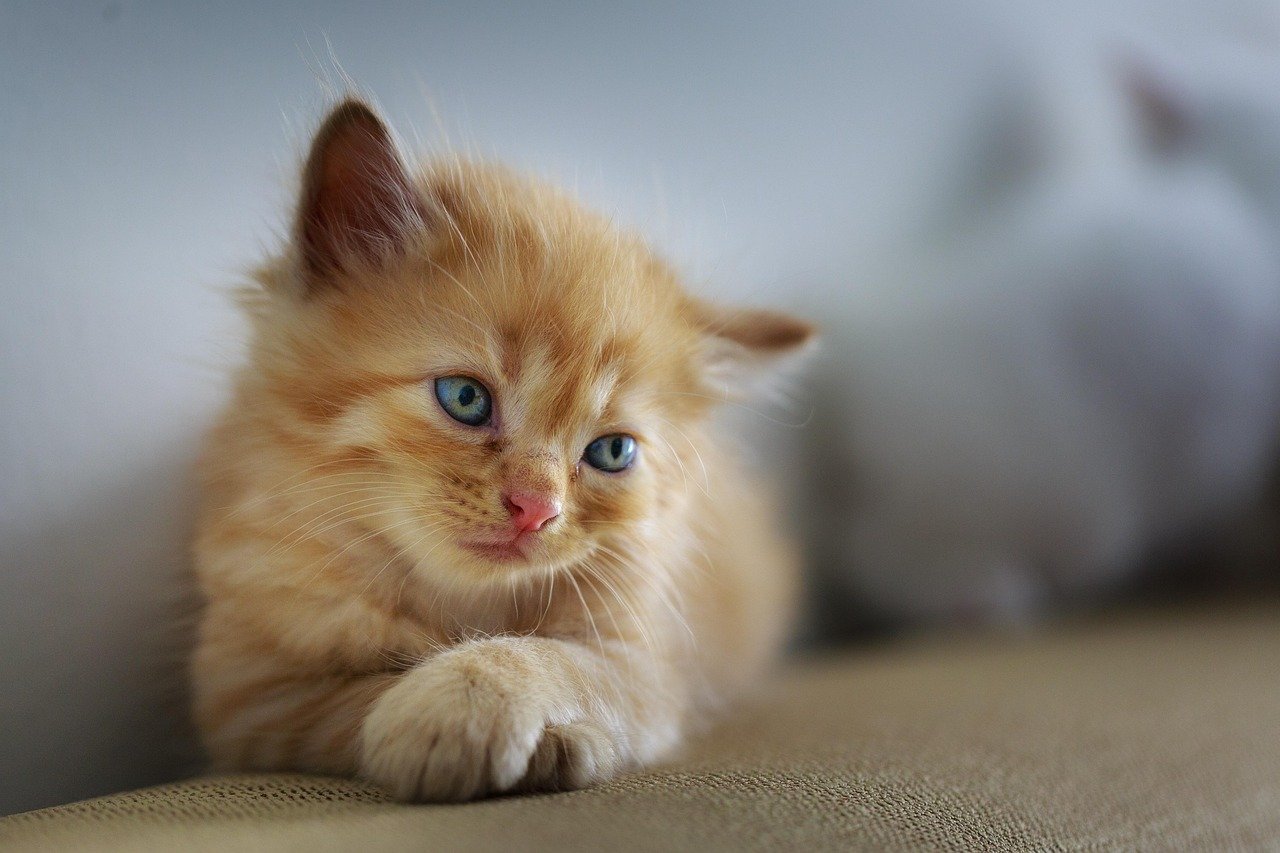
Sometimes, your cat’s silent signals can be a cry for help. A sudden change in behavior—like hiding, refusing to eat, or excessive grooming—can indicate stress, illness, or discomfort. By staying attuned to these non-verbal cues, you can act quickly to address your cat’s needs. Never ignore a sudden shift in behavior; your cat is trying to communicate something important without words. Responding with care and attention can make all the difference in your cat’s well-being.
Building a Lifetime Bond
The most magical part of wordless communication with your cat is the bond that deepens over time. Every gentle glance, slow blink, and shared routine builds trust and love. As you learn to “listen” to your cat’s silent messages, you’ll find your relationship growing richer and more rewarding. The beauty of this silent language is that it’s unique to you and your cat—a private conversation that no one else can share. So, next time you catch your cat’s gaze, remember: you’re already talking, even if you never say a word.
Hi, I’m Bola, a passionate writer and creative strategist with a knack for crafting compelling content that educates, inspires, and connects. Over the years, I’ve honed my skills across various writing fields, including content creation, copywriting, online course development, and video scriptwriting.
When I’m not at my desk, you’ll find me exploring new ideas, reading books, or brainstorming creative ways to solve challenges. I believe that words have the power to transform, and I’m here to help you leverage that power for success.
Thanks for stopping by, Keep coming to this website to checkout new articles form me. You’d always love it!






